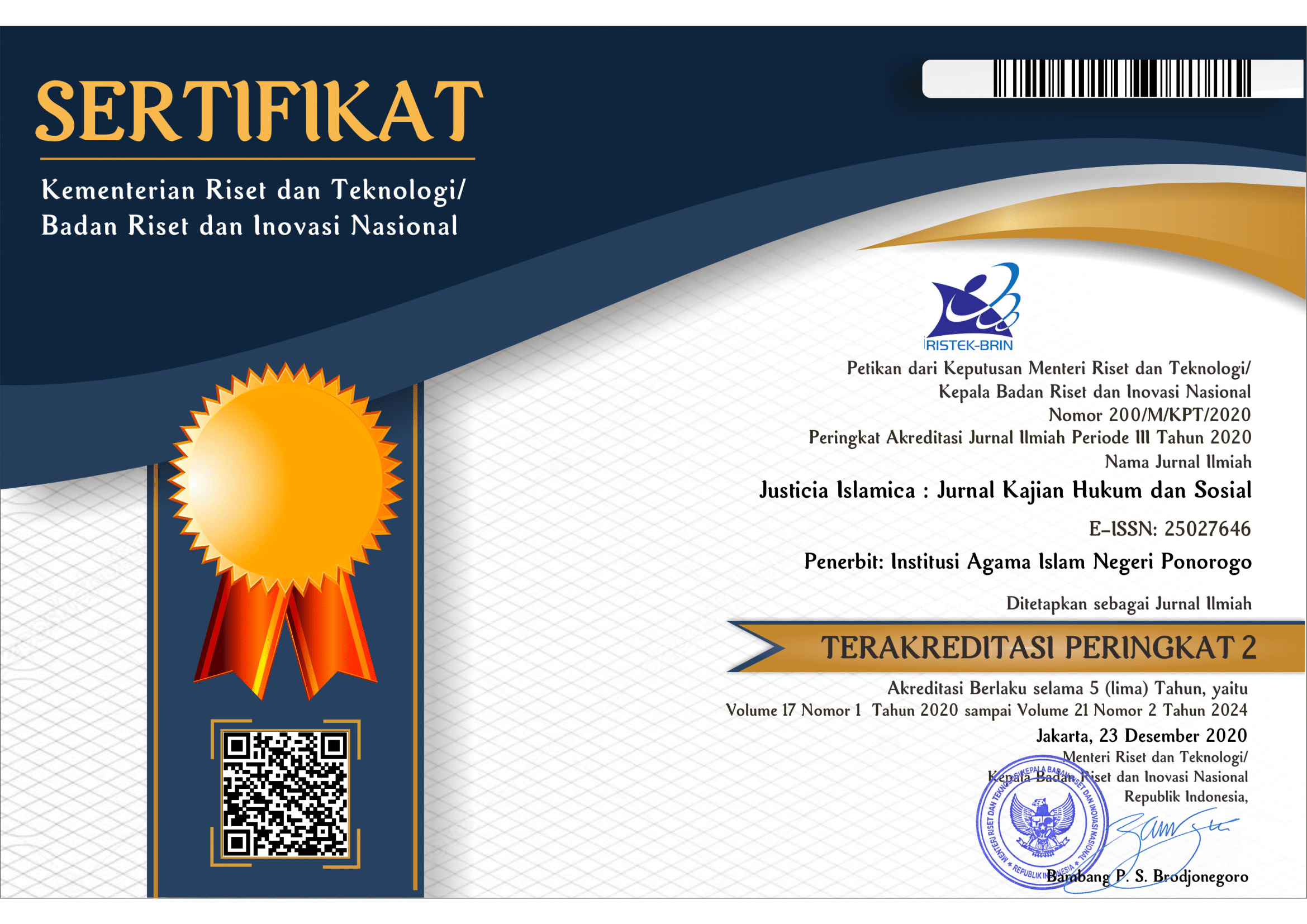Ketegangan HAM dan Hukum Islam
Menelusuri Akar Masalah
Keywords:
human rights; Islamic law; normative tension.Abstract
This study aims to explore the root of the tension between human rights and Islamic law. It explores the main sources of disagreement between universal human rights principles and Islamic legal norms, as well as attempts at reconciliation between the two. The method used is library research with a descriptive-analytical approach. The research sources include international legal documents, classical and contemporary Islamic legal literature, and related academic studies. The results of the study show that this tension is rooted in epistemological differences, historical contexts, and legal interpretations that have developed in various Muslim regions. Despite these differences, a number of modern Muslim thinkers have attempted to harmonize human rights and Islamic law. This study emphasizes the importance of constructive dialogue to bridge differences without neglecting the fundamental principles of each legal system.
References
-
Downloads
Published
Issue
Section
License

This work is licensed under a Creative Commons Attribution-ShareAlike 4.0 International License.
Requirements to be met by the author as follows:
- Author storing copyright and grant the journal right of first publication manuscripts simultaneously with licensed under the CC BY-SA allows others to share the work with a statement of the work's authorship and initial publication in this journal.
Authors can enter into the preparation of additional contractual separately for the non-exclusive distribution of a decadent version of the journal issue (e.g., post it to an institutional repository or publish it in a book), with the recognition of initial publication in this journal.
Authors are allowed and encouraged to post their work online (e.g., in institutional repositories or on their website) before and during the submission process because it can lead to productive exchanges and citations earlier and more severe than published works. (see The Effect of Open Access).
This work is licensed under CC BY-SA.


















